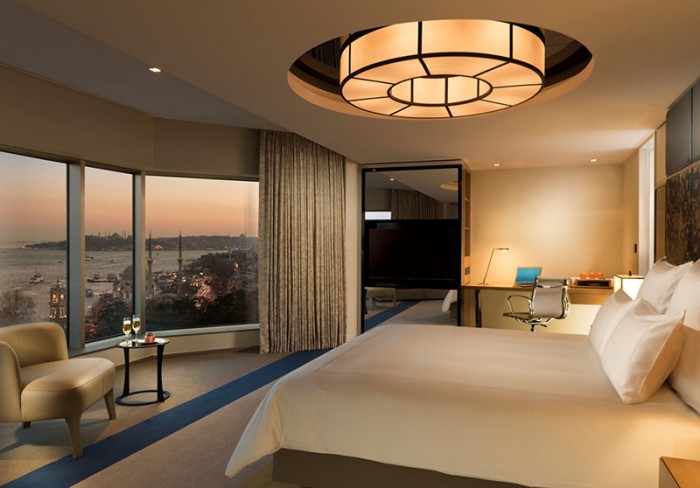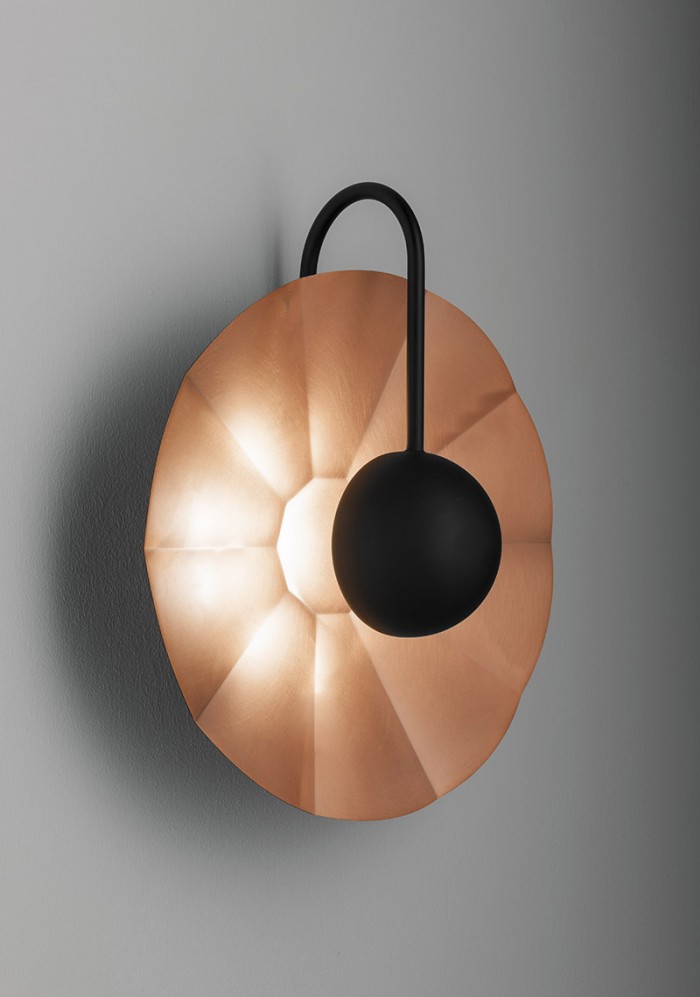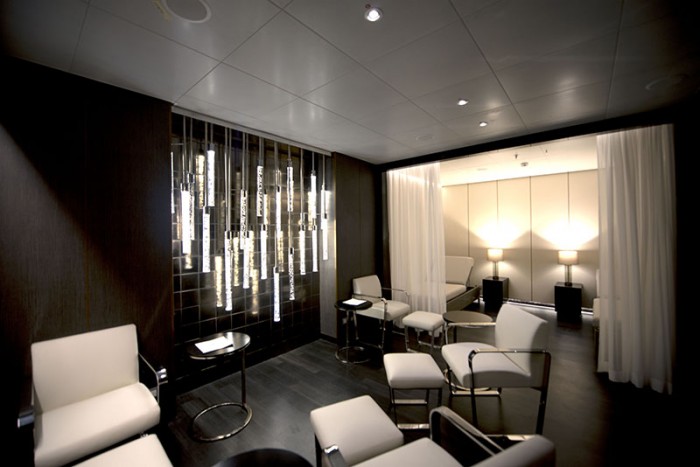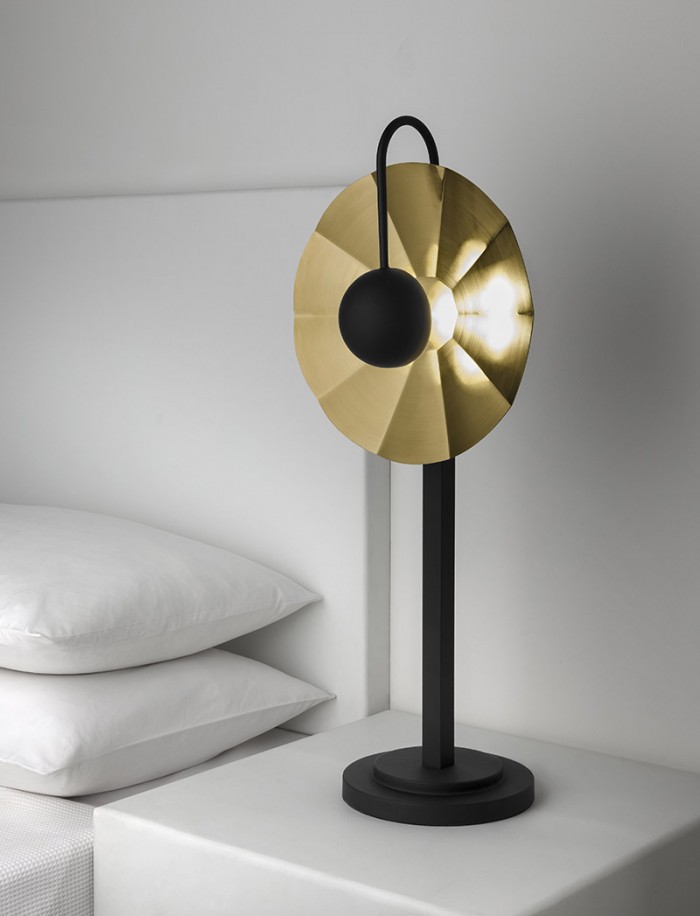Hiding Your Light
First, man invented fire and at some stage added candles so that he could move the light around. Man wanted more light and invented the oil lamp, then even more light and he invented the gas lamp. Finally came electric light meaning Man could have as much illumination as he wanted until eventually he had too much light and too much glare. Today we are becoming experts at how we deal with that glare with the many options available to us.
“Man wanted more light and invented the oil lamp, then even more light and he invented the gas lamp. Finally came electric light meaning Man could have as much illumination as he wanted until eventually he had too much light and too much glare.”
Softening light behind fabric shades is one of the oldest diffusing methods and has always given a warm and ambient glow whilst adding colour, texture and pattern. Whether the shade is an addition to the light fitting or whether the shade is a light source in its own right, it always adds design to the overall look particularly with the more unusual shapes and fabrics available today. Fabric shades come in all shapes and sizes incorporating cottons, linens, silks, and even manmade wipeable fabrics. Providing they are made robustly enough for contract use, they are extremely durable but also easily replaceable to give a fresh new look for an interior scheme makeover.
Crystal dressing and glass globes have long been one of the most spectacular ways of enhancing electric light. Both have always added sparkle, drama and a touch of glamour, ranging from the more traditional Victorian glass globes to ultra-modern sculptured glass pieces. Light refracted through glass has enchanted many generations whilst actually increasing light output through reflected surfaces. Ballrooms have glittered, dining tables have sparkled and yet opaque and frosted glass has softened the light effect in many instances. Today, glass is an excellent way of distributing LED light, maintaining light output whilst disguising the individual points of LED glare.
Something very fashionable right now is reflected light which allows the use of LED or other powerful light sources but softens any glare by directing light onto polished or satin reflective surfaces. More polished surfaces create drama and mood whereas satin or brushed surfaces give a much softer ambience. Reflected light works well in both ceiling and wall applications and the key to success is ensuring that the light source itself is not actually visible when looking into the reflector. Adding dimming control gives limitless levels of mood and atmosphere.
In a similar vein, a popular way of concealing a direct light source is to locate it behind architraves or in coffered ceilings as cove lighting. This provides a soft glow of down light whilst at the same time emphasising important ceiling or architectural features. Installing successful cove lighting has become easier with the advent of the LED strip light source which allows a simple subtle glow or at the other end of the scale, a dramatic slowly colour changing decorative element. Cove lighting should always operate as a background illumination and works well combined with decorative ceiling centrepieces.
Recessed downlights also conceal the actual light source within a ceiling void and provide pools of light onto work surfaces, dining, bar and reception areas or directly onto the floor. Depending on the beam angle, recessed downlights create a general glow of light or small points of brightness to create drama and more interesting light effects. Traditionally used with halogen lamps, LED downlights are now the most popular since colour temperatures have been improved and perfected by the leading brands.
Finally, rather than diffusing light with the product itself there is of course the option to add dimming controls. Dimming systems improve constantly and now offer sophisticated dimming capabilities and pre-set room light levels enabling the widest possibilities in terms of functionality and ambience. Dimming control gear can be either integral to the fitting itself, located within wall switching or operated from a remote control unit. It is important to check the compatibility between lamp type, control gear and dimming racks as this does vary and expert advice should be taken prior to specifying or installing.
The days of the centre ceiling light fitting trying to work too hard to illuminate an entire room have long gone to be replaced by multiple light sources with lots of ambient options to meet the increasingly multi-functional requirements of guestroom and hospitality environments.








